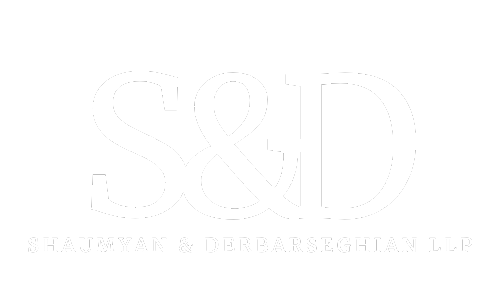
Harassment in the workplace is an unfortunate reality that affects many employees across the United States, yet a significant number of cases go unreported. Shockingly, about 75% of workplace harassment incidents in the U.S. stay unreported. Let’s unveil the facts and empower you with knowledge on this critical issue.
The Hidden Truth:
Did you know? According to a survey by the U.S. Equal Employment Opportunity Commission (EEOC), nearly 1 in 4 women and 1 in 10 men experience workplace harassment in the United States. It’s time to bring these numbers to light and create a safe work environment for everyone.
Examples of Workplace Harassment
Workplace harassment can manifest in various forms, ranging from subtle behaviors to overt actions. Some common examples include verbal abuse, offensive jokes, exclusionary practices, and unwarranted criticism. It’s essential to recognize these behaviors to foster a safe and inclusive work environment.
- Verbal Harassment: Offensive language, insults, or derogatory remarks create a toxic atmosphere.
Verbal harassment in the workplace involves the use of offensive language, insults, or derogatory remarks directed at an individual. This form of harassment can create a hostile and intimidating environment, adversely affecting the victim’s mental well-being and work performance.
- Offensive Jokes and Humor: Laughter should unite, not divide. Offensive jokes alienate and contribute to a toxic culture.
Harassment sometimes takes the form of offensive jokes, remarks, or humor. Such behavior can contribute to a toxic workplace culture, creating discomfort and alienation among employees. It’s crucial to establish clear guidelines on acceptable workplace humor.
- Exclusionary Practices: Everyone deserves a seat at the table. Deliberate exclusion creates isolation.
Exclusionary practices involve deliberately leaving someone out of work-related activities, events, or discussions. This can create feelings of isolation and undermine the victim’s professional standing within the organization.
- Unwarranted Criticism: Constructive criticism is fine; destructive criticism is not. Learn to distinguish between the two.
Constructive criticism is a normal part of professional life, but unwarranted and excessive criticism aimed at belittling or undermining an individual can be a form of harassment. It’s important to differentiate between constructive feedback and destructive criticism, addressing the latter to foster a culture of respect and collaboration.
- Sexual Harassment: Unwanted advances or comments create a hostile environment.
Sexual harassment involves unwelcome advances, requests for sexual favors, or other verbal or physical conduct of a sexual nature. This type of harassment creates a hostile work environment and can have severe psychological and emotional repercussions for the victim.
- Hostile Work Environment: A persistent, fear-inducing atmosphere interferes with work.
A hostile work environment results from persistent harassment that interferes with an individual’s ability to perform their job. This can include offensive comments, intimidation, or any conduct that creates an atmosphere of fear or discomfort.
What Is Not Considered Harassment?
While it’s crucial to identify harassment, it’s equally important to distinguish it from other workplace dynamics. Constructive criticism, performance feedback, and interpersonal conflicts, when handled appropriately, do not fall under the category of harassment. Understanding these distinctions is essential for a fair and just evaluation of workplace conduct.
Is Yelling in the Workplace Harassment?
Yelling alone may not constitute harassment, but it depends on the context and frequency. Occasional disagreements might involve raised voices, but targeted and frequent yelling designed to belittle and intimidate is a form of harassment. Know the difference and stand against it.
Workplace Harassment Laws
What federal laws prohibit workplace harassment?
Several federal laws protect employees from workplace harassment, including Title VII of the Civil Rights Act of 1964, the Age Discrimination in Employment Act (ADEA), and the Americans with Disabilities Act (ADA). These laws prohibit harassment based on race, color, religion, sex, age, and disability.
Workplace Harassment in California
California has stringent laws against workplace harassment, including the California Fair Employment and Housing Act (FEHA). Employers in the state are required to provide a safe working environment free from harassment and discrimination.
Workplace Harassment Lawyers
If you or someone you know has experienced workplace harassment, don’t stay silent. At Shaumyan & Derbarseghian, LLP our dedicated team of experienced lawyers are here to help. We offer free consultations to discuss your situation and explore the legal avenues available to you. Take a stand against harassment and let us guide you towards a resolution that ensures justice and workplace equality.
Remember, your rights matter, and together we can create workplaces free from harassment and discrimination. Contact us today to schedule your free consultation!

